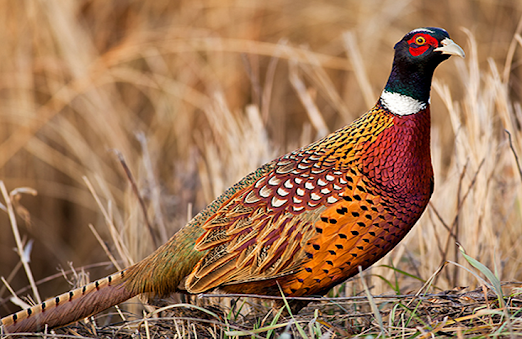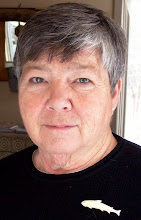A year ago, we were all novices in COVID PURGATORY. We traded stories about toilet paper shortages and sources for face masks. Many of us learned to use GrubHub, BluBox and Insta-food delivery services. People with no jobs and cars became “shoppers,” filling up carts of food and delivering to our front steps and porches. We sanitized boxes, bottles and cans before bringing contaminants into our kitchens.
Along with information, we e-mailed or texted cartoons and videos to our patch of technology friends. Funny, or inspiring — blogs, podcasts and newsletters took on more weight. At the root of all this tech blitz was the message: "I care about you and your state of mind. Have you fallen into the hole of depression? Loneliness? While I can't be with you physically, I'm still thinking about you.”
A woman I barely knew telephoned me every month or so to “check in.” I was startled at first but I added her to my e-mail blast list. A longtime friend suffered a serious non-Covid illness and was hospitalized for six weeks. Visitors were not allowed at hospitals. I passed along reports to my e-mail list and the list recipients sent back concern and prayers for Laurie, her family and to me, her friend.
Sincere intention: my household needed information beyond that available from the 6 o’clock news, New York Times, and CDC. Along with vital facts, we needed in-my-kitchen-real-person assurance that we were not alone in the craziness. Or paranoid about the present risks! We shared what we had with our network. Now we realize how elastic that network became. We are testaments to community building in its purist form.
Building community is what we all crave. It's one of the most compelling reasons for church-going, and social club memberships. It pushes some of us back to our hometowns — those towns or neighborhoods we remember, if we are among the lucky ones, as places of safety. It’s Cheers, the bar where everybody knows your name.
Now, after one year and one month of Life with Covid, I feel another shift happening. Vaccinations are thankfully widely available. The immediate scare has passed. After a year of abstinence, I can hug my grandchildren — all young adults and fully inoculated. There’s no need to track down sources of paper products or Purill. Like Snow White, hostesses are waking and going to — and giving — small dinner parties again.
The stress of those first weeks of The Troubles (March, 2020) was immense! And I don’t want to get too sappy about “unlocking the love under wartime.” But there was something that happened this year— a physical and emotional vibration, a quivering of those invisible threads that marry us to our universe and to each other.
The echos are getting fainter — as they must. But I think I’ll phone my friend. I haven’t heard from her in a couple of months.
``````````````````````````````````````````````````````````````````
My 18 year old grandson, Parker, graduates from high school this year and has been recruited to play ice hockey for the Vermont Lumberjacks. He’ll move to Burlington, Vt. in September. He’s thrilled. Is this a good thing? Why is my stomach in a twist?
 |
| PARKER MITCHELL |









